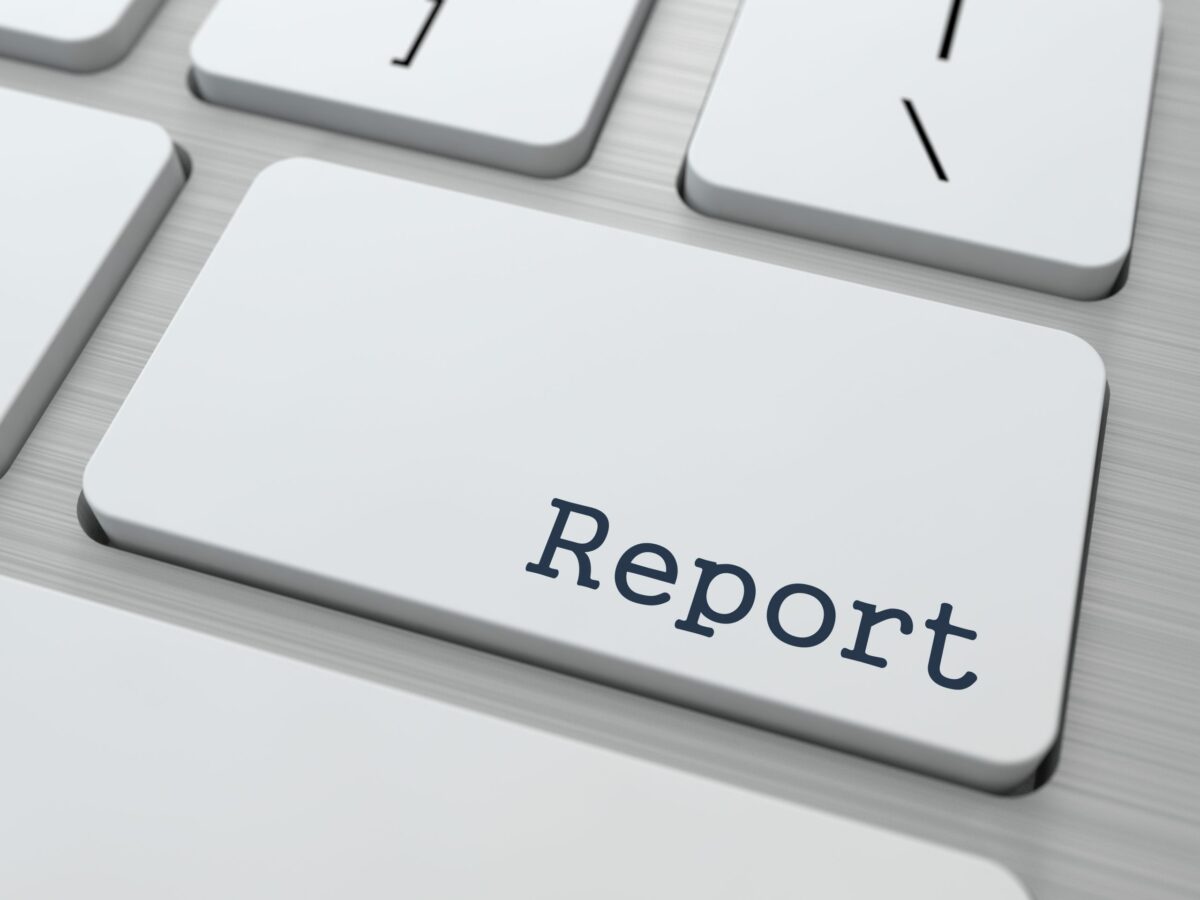“Although stable, the financial situation of the USPTO is currently forecast to decline through 2028; predictions indicate that the agency will have operating reserves just above minimum levels that would cover one month’s expenses.”
 On December 6, the U.S. Patent and Trademark Office (USPTO) announced the new membership of its public advisory boards providing oversight of the patent and trademark operations of the agency. The announcement comes about a week after the USPTO’s Patent Public Advisory Committee (PPAC) publicly released its most recent annual report summarizing the agency’s patent operations with recommendations to end user fee diversion and publicize data from America Invents Act (AIA) trials at the Patent Trial and Appeal Board (PTAB).
On December 6, the U.S. Patent and Trademark Office (USPTO) announced the new membership of its public advisory boards providing oversight of the patent and trademark operations of the agency. The announcement comes about a week after the USPTO’s Patent Public Advisory Committee (PPAC) publicly released its most recent annual report summarizing the agency’s patent operations with recommendations to end user fee diversion and publicize data from America Invents Act (AIA) trials at the Patent Trial and Appeal Board (PTAB).
The newly announced Trademark Public Advisory Committee (TPAC) and PPAC members come from areas of the private sector and academia and will serve three-year terms on either respective rotating board. Joining PPAC will be Lateef Matima, Professor of Law, Howard University School of Law; Earl “Eb” Bright, Inventor, President and General Counsel, ExploraMed Development; and Marvin J. Slepian, Regents’ Professor of Medicine and Biomedical Engineering, University of Arizona.
Joining TPAC will be Valeria L. Calloway, Associate General Counsel and Chief Trademark Counsel, IBM; Nehal Madhani, Founder and CEO, Alt Legal; and Douglas N. Masters, Managing Partner, Loeb & Loeb.
Leaving PPAC are inventor and Northwestern University professor Dan Brown; U.S. Court of Federal Claims Chief Judge (Ret.) Susan G. Braden; and Steven Caltrider of the Dana Farber Cancer Institute.
Leaving TPAC are David Cho, Chief Trademark Officer, AT&T; Jomarie Fredericks, Chief IP Counsel, Rotary International; and Tracy Deutmeyer, Shareholder at Fredrikson & Byron.
Congress Should Legislate Appropriations of User Fees, End Fee Diversion
The recent annual PPAC report indicates that the financial stability of the USPTO has moved in the right direction, but it recommends several actions that the federal government can take to secure the nation’s patent and trademark granting agency. While the agency is technically funded by user fees, $950 million in collected fees remain unavailable to the agency until Congress appropriates that money through legislation. PPAC notes that stakeholders have been questioning those unreleased funds in light of recent fee increases for patent examination at the USPTO. The committee also recommended that the USPTO’s fee-setting authority be made permanent or at least extended past its current 2026 sunset date.
Although stable, the financial situation of the USPTO is currently forecast to decline through 2028; predictions indicate that the agency will have operating reserves just above minimum levels that would cover one month’s expenses. Two driving forces are having this downward impact on the USPTO’s budget. First, increased fee discounts for small and micro entities enacted by the Unleashing American Innovators Act of 2022 are estimated to reduce user fees by anywhere from $74 million to $110 million per fiscal year. Second, expenditures in the agency’s patent operations are expected to increase by a total of $173 million over the next five years due to inflationary adjustments.
High Overlap with District Court Litigation May Be Frustrating AIA’s Intent
The PPAC report also asks Congress to work with the USPTO to examine data on AIA trials and parallel litigation in U.S. district courts since 2011 to determine whether the AIA is achieving intended goals. As the USPTO has noted in past rulemakings, the AIA is intended to enable reliable and efficient validity challenges and not serve as a tool for harassment or to prevent market entry by patent owners.
Current data indicates that 98% of AIA trial petitions filed at the PTAB seek inter partes review (IPR) proceedings. Stakeholders have indicated that these trials are particularly disruptive to small business interests as they can threaten investment throughout the patent’s lifetime. Other data cited by the PPAC’s report shows that 80% of IPR filings at the PTAB are associated with parallel infringement cases in district court. “This is concerning as it appears that PTAB litigation is being added on top of existing litigation rather than in lieu of,” the PPAC report states.
In 93% of final written decisions entered in IPRs during 2021, the PTAB found unpatentability of an independent claim based on prior art not cited during prosecution, leading PPAC to recommend that the USPTO find ways to encourage more prior art disclosures by applicants. Such activity would reduce over-citation of art by the agency during the examination process. While no conclusive data is available, PPAC acknowledged the inference that over-citation of art during examination is counterproductive to quality examination and reliability of patent rights.
Image Source: Deposit Photos
Author: tashatuvango
Image ID: 21279887

![[IPWatchdog Logo]](https://ipwatchdog.com/wp-content/themes/IPWatchdog%20-%202023/assets/images/temp/logo-small@2x.png)

![[Advertisement]](https://ipwatchdog.com/wp-content/uploads/2024/04/UnitedLex-May-2-2024-sidebar-700x500-1.jpg)
![[Advertisement]](https://ipwatchdog.com/wp-content/uploads/2024/04/Artificial-Intelligence-2024-REPLAY-sidebar-700x500-corrected.jpg)
![[Advertisement]](https://ipwatchdog.com/wp-content/uploads/2024/04/Patent-Litigation-Masters-2024-sidebar-700x500-1.jpg)

![[Advertisement]](https://ipwatchdog.com/wp-content/uploads/2021/12/WEBINAR-336-x-280-px.png)
![[Advertisement]](https://ipwatchdog.com/wp-content/uploads/2021/12/2021-Patent-Practice-on-Demand-recorded-Feb-2021-336-x-280.jpg)
![[Advertisement]](https://ipwatchdog.com/wp-content/uploads/2021/12/Ad-4-The-Invent-Patent-System™.png)






Join the Discussion
3 comments so far.
Anon
December 11, 2023 11:11 amPro Say,
To paraphrase Senator Benston, “Biden is no Jimmy Carter.”
https://www.bing.com/videos/riverview/relatedvideo?q=VP+debate+you+are+no+jack+kennedy&mid=B8375DC45130C7643B87B8375DC45130C7643B87&FORM=VIRE
Pro Say
December 10, 2023 12:52 pm“Will the next Jimmy Carter please stand up?”
Coming soon to a presidency near you: B.I.D.E.N.
Anon
December 10, 2023 10:18 amWill the next Jimmy Carter please stand up?